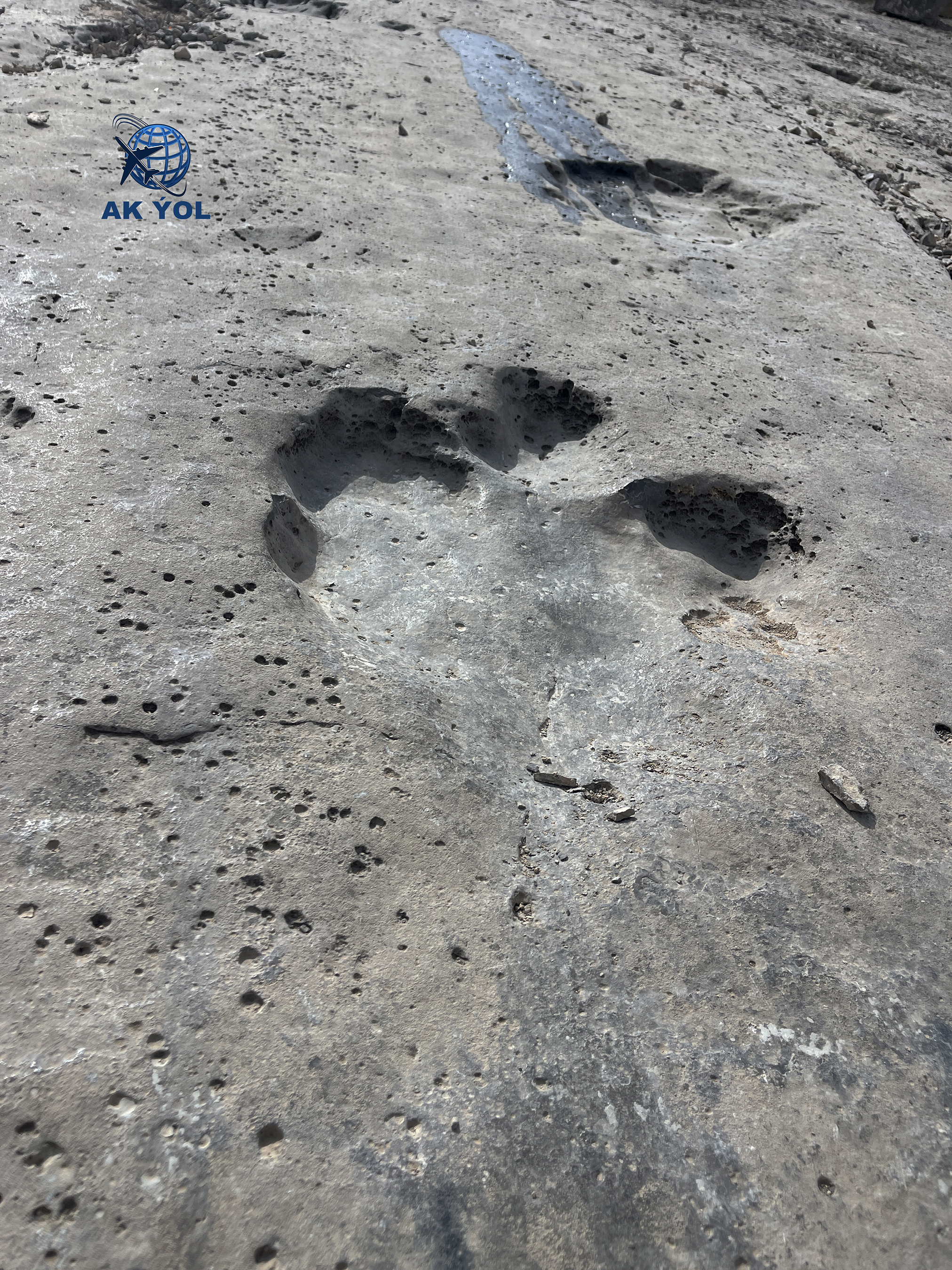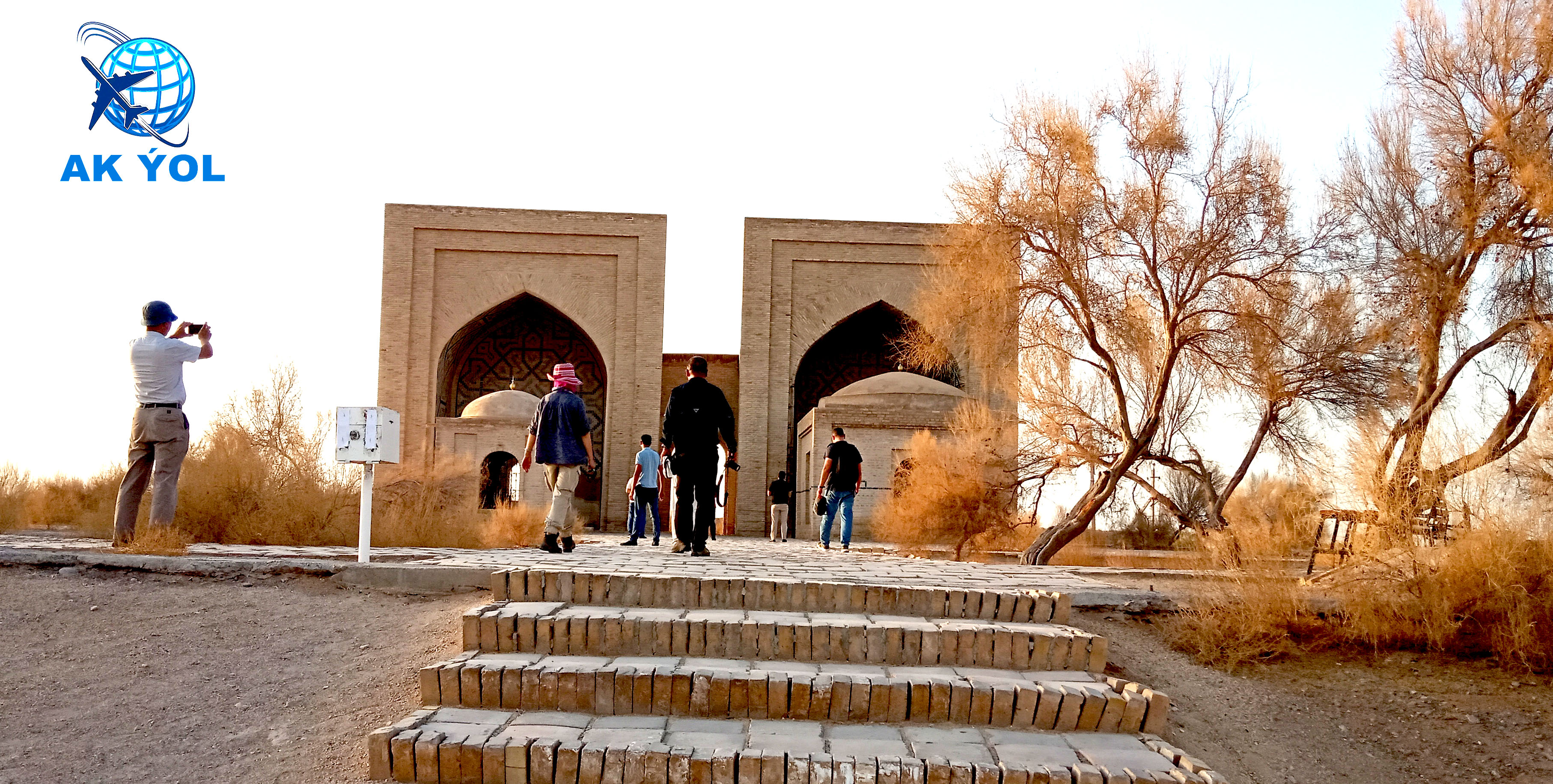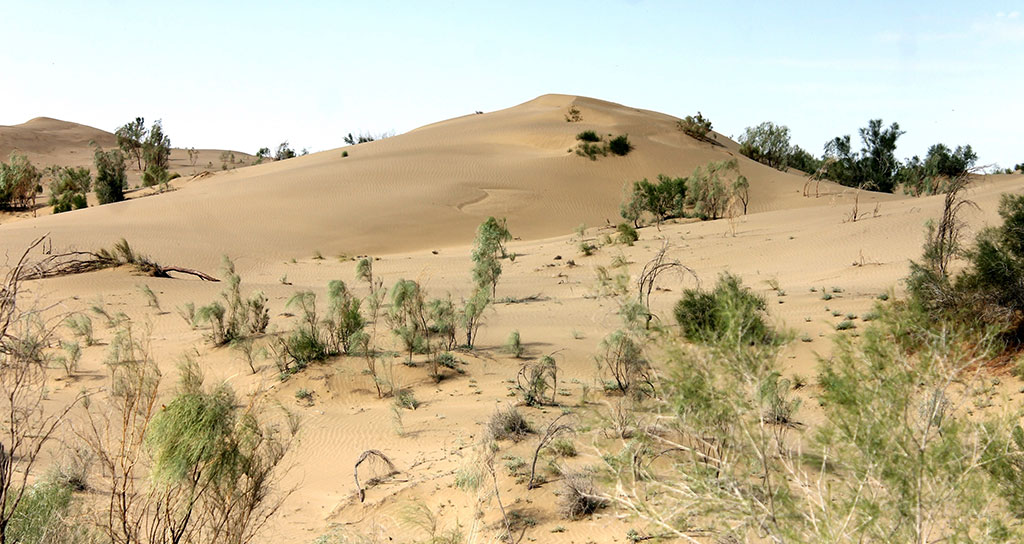Shasenem Fortress
Shasenem Fortress

From Konye-Urgench, a road heads south to Ashgabat across the very centre of the Kara Kum Desert. There are several sights of interest along or close to the road in its northern journey across Dashoguz Region.Shasenem_fortress - the rectangular fortress on sloping ground sighted 6km further south along the main road is Akdzhagelin Kala. After another 22km, a side road to the east is marked with a sign for the village of Tuniderya. Drive through the village and turn right onto an unmetalled track after a kilometre. This requires a 4x4, and the track may nonetheless be impassable following rain. You reach the fortress of Shasenem some 9km on.'The fortress, which stands among low-lying ground, makes a fine sight from the upland to the north traversed by the track. Shasenem, which stood at the southern limit of the areas irrigated from the Amu Darya, was probably occupied from around the 4th century bc. Known as Suburna in medieval times, it was sacked by the Mongols and again by the Timurids, and eventually abandoned to the encroaching desert. The present name probably derives from a later association of the ruined settlement with the popular Turkmen legend of Shasenem and Garip, a Romeo and Juliet-style tale of doomed young love.The fortress itself lies on an artificial mound, its mud-brick walls standing like scattered teeth in a rough L-shaped plan. Some of these still preserve crenellations, slit holes and battlements. Running water has exposed a slice through the walls, demonstrating how they were gradually built up into increasingly elaborate defensive structures in response to advances in military technology. This section also reveals an alarming number of pieces of human bone. A few hundred metres to the south of the fortress stand four outbuildings, believed to have formed part of an extensive park complex of the 12th and 13 th centuries.









